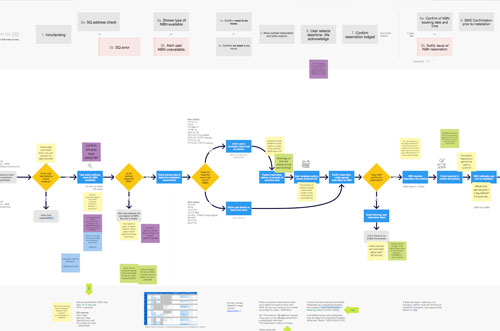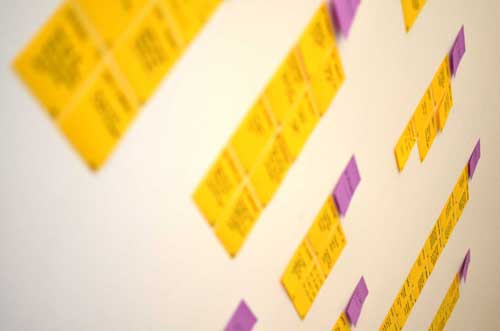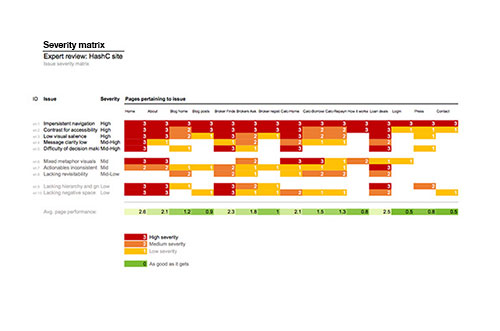Ux Design
Delivering on the promise of user-centricity
- Keywords:
- centered, customer, design, experience, hcd, human, service, ucd, user
- Last updated:
- 2023.01.23
- By:
- Nikash SINGH
Interactive systems used to be designed according to what the technology allowed.
UX is all about changing that to focus on the user's priorities.
Ever since pioneers like Donald NORMAN and Jakob NIELSEN began advocating in the '80s that poor usablity wasn't due to inadequate user training or preparedness, but rather inadequate consideration on the part of software creators, things have changed for the better. But we must remain vigilant if we are to continue making software, services and indeed experiences less confusing and more considerate.
“The most profound technologies are those that disappear. They weave themselves into the fabric of everyday life until they are indistinguishable from it.”
Mark WEISER
What is UX?
Instead of leading with the features and functions of a software, UX Design focuses on investigating what people really want to accomplish. Their motives and needs. Then we plot out a path of how to easily achieve that. A crucial aspect of understanding what users need is to consult them directly and turn assumptions about them into insights.
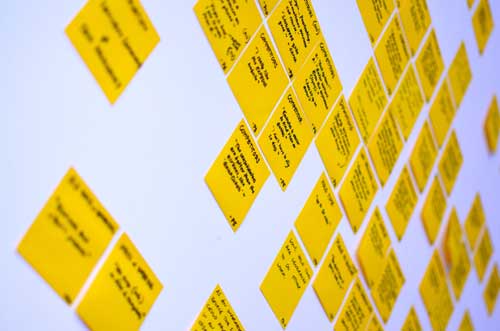
Who is a "user"? icon-down
"User" is an intentional abstraction of the person being designed for - a "user" is anyone who utilises your product or service. Sometimes your customers will use your offerings, sometimes your staff will instead. Instead of saying "Customer Experience" and "Staff Exerience" we say "User" as a catch-all that describes any beneficiary of what you offer. The same skillset is used to design solutions for both groups. Note that sometimes you will see people refer to "Customer eXperience" (CX) as something distinct from UX - this is due to a common misintepretation by those who read "User" too literally. Some believe it refers to users of software systems only, but UX Design has always gone well beyond software.
What constitutes an "experience"? icon-down
Experiences can be shortlived one-off transactions — like paying for a parking meter, or they could be long-term recurrent endeavours — like completing a degree. In both cases you are likely to form an impression about the provider of the service from the ease with which you can complete your task. That is why both situations need a User Experience Designer, someone who audits the current process, finds any difficulties you may encounter and then systematically erases them so that the experience gets better and better.
In essence, the people we design for could be using a computer application, a subway ticketing machine, buying a product in a store or contacting customer support by phone. In each case they have a motivation and a path to get from where they are now, to having what they want. That path is the experience. By definition anything that would impact the user's perceptions of — and interactions with — your company, is part of the UX.
“User experience is really the whole totality. It's the total experience that matters. And that starts from when you first hear about a product… experience is more based upon memory than reality. If your memory of the product is wonderful, you will excuse all sorts of incidental things.”
Donald NORMAN
What UXers do
I'm being reductive, but there are two main facets to what UX practitioners do.
I describe them as being "mapping" and "researching".
Mapping
To make sure the team has a common understanding of where the problems lay within a user experience, UX Designers commonly map the sequence of interactions in a number of ways. This includes journey mapping, empathy mapping, user/wire flows, golden paths, sitemapping, storyboards, personas, the list goes on. The goal is always the same though — depict where problems lay and how they can be resolved.
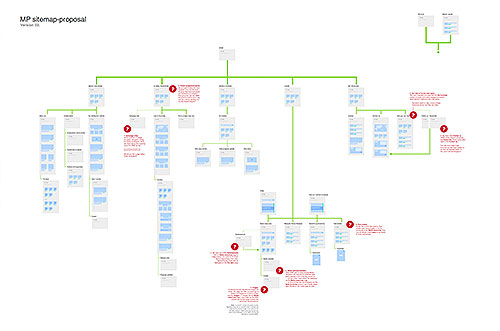
Researching
If you're crafting any experience and you don't bother getting the end-user's input, then you're doing it wrong. The great resounding lessons of Agile and Design Thinking are that user input is key. But getting bad input is a costly, misleading, and sadly all-too-common mistake. Good UX practitioners know how to conduct interviews, observations, surveys, contextual enquiries, diary studies, usability testing etc. objectively!.
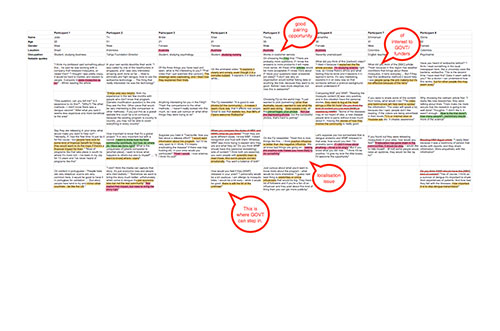
IA and CS
Information Architecture IA and Content Strategy CS are neighbouring professions to UX. They deal with the clarity of how information is structured and how wording is conveyed respectively. In both cases these impact on the user's experience by making information easy to find and understand. In most large teams UXers work with a professional Information Architect and Content Strategist, but it's not uncommon that in smaller teams the UXer is asked to perform these functions too. As an advocate of both IA and CS, I thrive in settings where they're given due attention, by me or a seasoned colleague.

UX, CX, PD, SD?
I know — its an acronym farm in the digital industries lately. Terms like User eXperience UX, Customer eXperience CX and Service Design SD help establish specialisations in the profession, but they complicate things for others. Similarly, UI has been redesignated "Product Design" PD, for little reason. In essence all these professions share these common goals;
- Establish what the user needs,
- Understand how it fits within the company's offerings, and
- Learn how to deliver it with the greatest ease for consumers
The acronyms and titles will change no doubt, but at the heart of the matter we seek to make processes easier to navigate. We do this by listening to users and iterating on solutions until they're seamless.
Curious about what this all means for your project or team?
I lecture in UI and UX at Uni and have almost 2 decades experience. I'm happy to give guest presentations on these topics where I elaborate with examples. I'm well versed at helping new teams navigate a digital transformation, pivot to Human Centered Design or establish UI and UX best practices.

